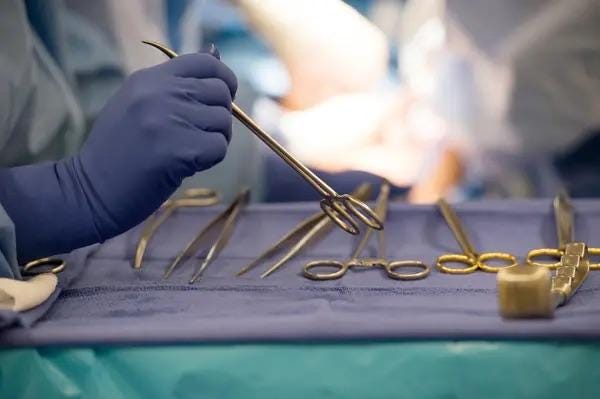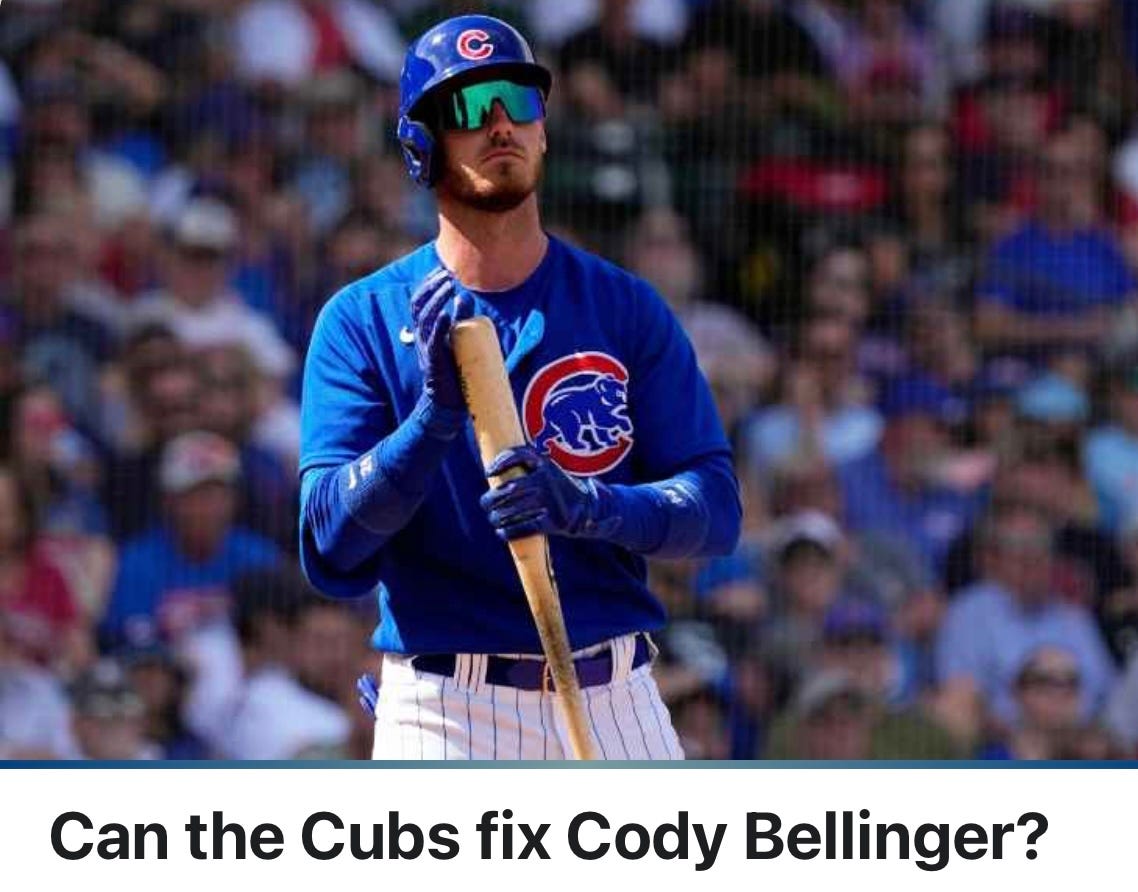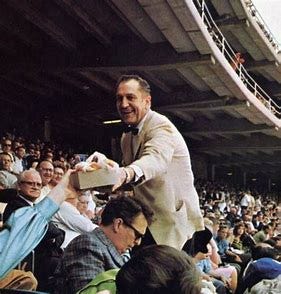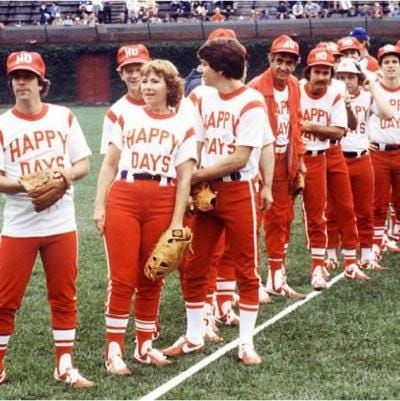Below is a piece first posted at the old website in 2010. It is a personal one for me and I hope you get something out of it. Please note that the organ-related statistics are no longer current -- it's worse now -- but hope springs eternal.
An old episode of Cheers starts with Coach off at the DMV, getting his driver's license renewed. When he gets back to the bar, Sam asks him how it went. "They asked me for my kidneys, Sam! It used to be just ten bucks!!"
Well, it's that time of year again, and while we won't ask you for your kidneys, we'd like to at least broach this very important topic.
Spring is more than just the beginning of another baseball season, important as that is. April is always National Donate Life Month, and this year, April 18 to April 24 marks National Organ and Tissue Donor Awareness Week (NOTDAW). Please take the opportunity to talk to your family about the subject. It's a difficult one to get into, but there's no better time.
Let's set the triple-crown stats aside for a second, and consider another big three. There are over 100,000 people on organ transplant waiting lists in the United States. Picture Dodger Stadium and Camden Yards, standing room only.
Eighteen die each day. That's like a section of Bleacher Bums splitting in the third inning of a September matinee against the Cards.
From the pool of what you might think are available organs from deaths in this country, only about 5% are termed brain-deaths, the standard used for transplantation. Out of that small number, only 1/2 of 1% are recovered and used to give life to someone on a waiting list. For a variety of reasons.
This much is sure. Carrying a donor card is great, but that in itself assures nothing. Family members still need to give the go-ahead, and in many cases, there’s been little or no discussion about the individual’s wishes, making an agonizing decision that much more difficult.
Yes, there are a few patients — human beings, actual people — who fall through the cracks and are let down by the system; by actual people who mess up. Those few cases make for sensational stories, which is the only reason why you even hear about them in the first place. It is because these failings are so rare that they make news at all.
But this isn't a sob story. It's not about heart failure, if you will. It's about heart success. The process works. It needs to work better, but it works.
I speak from what I know, OK, and I’m grateful. I was one of the lucky ones. There was a motorcycle accident somewhere in Los Angeles. The parents of a 19-year-old young man said yes, and within 48 hours, the young man's heart was thriving inside the chest of a total stranger. His liver had saved the life of another; his kidneys, two more.
It was September 22, 1990. Tommy Lasorda’s 63rd birthday. The Dodgers were in a pennant race when they cut me open, and when I woke up hours later, that kidney was producing you-know-what like nobody’s business. A rather large sample size, if you know what I mean. OK, pee, if you don't know what I mean.
Meanwhile, in a year when there was talk that the rest of the division was actually pulling for L.A. to lose, the San Diego Padres had rolled over both ends of a doubleheader to the eventual World Champion Cincinnati Reds, and that, my friends, was that. New life for me, sure, but no such luck for the Dodgers.
Like I said, I was one of the lucky ones. I joke about baseball in part because it’s a distraction from the serious stuff. As one of the lucky ones I enjoy that luxury. One hundred thousand-plus others don’t. Not yet, anyway.
They say there are two times when you're to be congratulated entering a hospital. One is when you're having a baby. The other is when you're there for a transplant operation.
It's spring, a time for optimism. We're baseball fans. We all feel it. Maybe that's why donor awareness comes up in April.
Coach got a little excited there. We're not asking for your organs. Use them in good health. Take them to as many games as possible. Seatbelts fastened, please.
We're not asking for money. Just talk to your family and make your wishes clear, if you've come to grips with them yourself. If you haven't, please give it some thought. That's all.
For more information, please visit ShareYourLife.org.
And remember, glove conquers all. Or at least, almost all….
This is one in a series of occasional free posts. Please support Howard’s work by clicking the button below and becoming a paid subscriber.
ICYMI:
News of note, cut and pasted directly from the club’s Thursday press release and minus the new food choices at the stadium this year.
This offseason, the Dodgers replaced all Field Lights with LED Lights. Not only are the LED lights more energy efficient, but they also have color-changing abilities, enhancing the fan experience by utilizing the lights more creatively for on-field celebrations, concerts, etc.
The system’s 600 fixtures are part of a unique complete system design, which delivers superior performance and reliability along with a number of key benefits:
*Better Visibility for Players and Fans
Light levels in the infield and outfield maintained to create a better visibility experience for players and fans.
*Reduced Energy Consumption and Environmental Impact
Energy consumption is reduced by 50 percent compared to the prior HID lighting.
*Improved Broadcast Quality
Superior light quality meets MLB standards and enhances HD broadcasts.
*Enhanced Stadium Entertainment Experience
Advanced special effects and color-changing technology for custom-designed light shows.
*Minimized Glare and Spill Light
Patented fixture visoring minimizes glare and spill from affecting anyone in or around the stadium.
The new lighting was installed over the course of two months, with the previous HID fixture — which were installed in 2008 — removed and parts recycled. Dodger Stadium now joins more than a dozen MLB stadiums that feature customized LED technology, including other similarly iconic venues such as Wrigley Field and Fenway Park.
The Centerfield Plaza, Dodger Stadium’s “front door” continues to be the hub to added circulation around Dodger Stadium for all fans.
Some of the new area’s fans will be able to enjoy in 2023 include:
*New furniture and seating in the Stadium Club and a new 19 ½’ Stadium Club LED Board and sound system have been installed in the Stadium Club. Larger TVs, including a 100” TV, have also been added to the Stadium Club for enhanced game viewing experiences. Displays have also been added in parts of the Stadium Club, giving the Club a refreshed look and feel to go along with the new technology.
*Vin Scully Ring Display – The newest addition to the hallway behind the Vin Scully Press Box is a display case featuring a collection of some of Vin Scully’s most significant awards. The collection includes:
1955 World Series Ring
1963 World Series Ring
1980 All-Star Game Ring
1981 World Series Ring
1988 World Series Ring
2020 World Series Ring (on loan from the Scully family)
(2) Emmy Awards (on loan from the Scully family)
2016 Medal of Freedom (on loan from the Scully family)
*Gil Hodges’ Retired Number has been added to the Bank of America Retired Numbers Plaza at the Top of the Park.
WBC:
The World Baseball Classic, concluding with a stirring Shohei Ohtani strikeout of Mike Trout and a championship for Japan Tuesday, lived up to its name, exactly as it did the last time around, in 2017. It’s just a great tournament, worth every ounce of the received global attention.
But there can be no denying the soul-crushing injuries suffered in the 2023 exhibition — that’s what it is, remember, an exhibition — a season-ending torn patella tendon for Mets closer Edwin Diaz and a hit-by-pitch to Houston’s Jose Altuve which resulted in a broken thumb. The Cardinals Nolan Arenado escaped injury after his WBC HBP, and in the same game White Sox outfielder Yoán Moncada exited after a collision in the outfield, which he now says is not serious. Cards right-hander Adam Wainwright injured a groin in a tournament workout and will begin the season on the injured list. And the beat goes on.
The Dodgers dodged a bullet when Freddie Freeman tweaked a hammy swinging and an even speedier one when Clayton Kershaw had to bow out due to insurance concerns.
What I expect to happen between now and the next WBC in four years is for more veteran players to be affected by such insurance issues, and for premium rates to rise. And why shouldn’t they?
I get that guys want to play for their country, but the inherent risk associated with high-leverage baseball being played weeks prior to the regular season is, has been and will continue to be a problem, especially for pitchers, and for starting pitchers even more so.
Frankly, I don’t expect the league to do anything about the issues mentioned here, but the clubs will, and good for them. Would it be so terrible to increase roster size, and encourage WBC teams to lean more on minor leaguers and even amateur players, the latter in a nod to the way the Olympics used to be run? That’s my prescription, anyway.
Random Tweets:





Media Savvy:
Jon Greenberg has an interesting piece about Theo Epstein’s work with Major League Baseball, and about his involvement in the league’s new rule changes in particular, at the Athletic.
Add the two below to the list of almost never-ending stories about the enigma that is Cody Bellinger:
1. “‘I’ll always root for Cody’: For Dodgers and Cody Bellinger, it’s still an awkward exit,” by Fabian Ardaya at the Athletic.
Question via ESPN.com:
Answer: Uh, no.
2. “Cubs' Cody Bellinger looking to play like an MVP again” by Jesse Rogers at ESPN.com.
And as a one-time thing (I promise!), here are three Angels-related stories:
1. “Angels owner Arte Moreno’s first media availability in years: A full transcript,” by Sam Blum at the Athletic.
2. “The first two stadium deals collapsed. Why would the Angels and Anaheim try again?” by Bill Shaikin at the Los Angeles Times.
3. “‘He has changed my life completely.’ What it’s like covering Shohei Ohtani,” by Sarah Valenzuela at the LAT.
Baseball Photos of the Week:
Vincent Price, mugging for the camera at Dodger Stadium.
Desi Arnaz, Desi Arnaz, Jr. and Richard Keith, who played Little Ricky on “I Love Lucy,” right to left, at the Coliseum in 1958.
The cast at a “Happy Days” softball game.
Baseball’s first female scout, Edith Houghton, showing better form than Bellinger:)
Trayce Thompson at the WBC.
Andre Ethier.
And remember, glove conquers all.
Howard Cole has been writing about baseball on the Internet since Y2K. Follow him on Twitter. Follow OBHC on Twitter here. Read OBHC online here.
















Always enjoy reading your story, Howard. It's inspiring.
Organ transplant information is so needed. So many myths and misconceptions. I see on the national level they are revamping the system. I hope the changes make things go smoother for everyone.
❤️❤️❤️❤️❤️